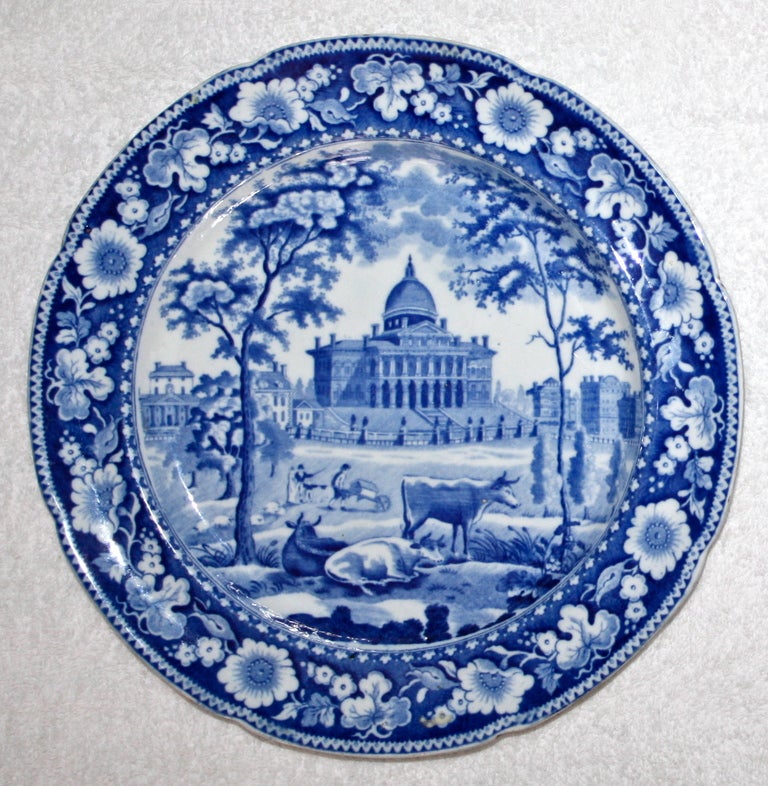

Petunia Petunia pattern was produced on the two-tone Flemish Green with Imperial Ivory body. In the meantime here is an image of one from the early 20th century: I have not written about them yet so when I do I will add the link. In the early 1800s in particular the designs used the most expensive of ceramics colours often with gold using specialist gilding techniques. Spode made perfume bottles from 18th century to around the middle of the 20th century. Incense (verb): ' to fumigate or perfume with incense'. ' The smoke or perfume of incense for producing a sweet smell when burned.' ' an aromatic gum or mixture of fragrant gums or spices used for producing a sweet smell when burned'. ' a small roll of aromatic paste for burning as a a fumigator or disinfectant.' Pastil, Pastille: first recorded usage 1648. Here are some dictionary definitions from ' The Shorter Oxford Dictionary on Historical Principles': You can find out about these here: Incense Burners on the I page and also ' Spode and Incense Burners'. Perfume bottles were manufactured by Spode (see below) but also Incense Burners were made which were used to perfume a room. Spode Pattern Books in the Pattern Safe at Spode c2002 You can also use the search facility on both my Spode History and Spode ABC blogs to search for Pattern Books & Pattern Numbers. There is also now a Spode Patterns in the Very Early 1800s Part 2, Spode Patterns in the Very Early 1800s Part 3 and Spode and the B Book. And posts such as Spode Patterns in the Very Early 1800s Part 1 where you can find images like this and more information.
SPODE CREAMWARE ARCHIVE
More specifically on my Spode Archive page. You can find mentions of these 2 important Spode subjects on my Spode History blog. See Incense Burners on the I page and also ' Spode and Incense Burners'.


 0 kommentar(er)
0 kommentar(er)
